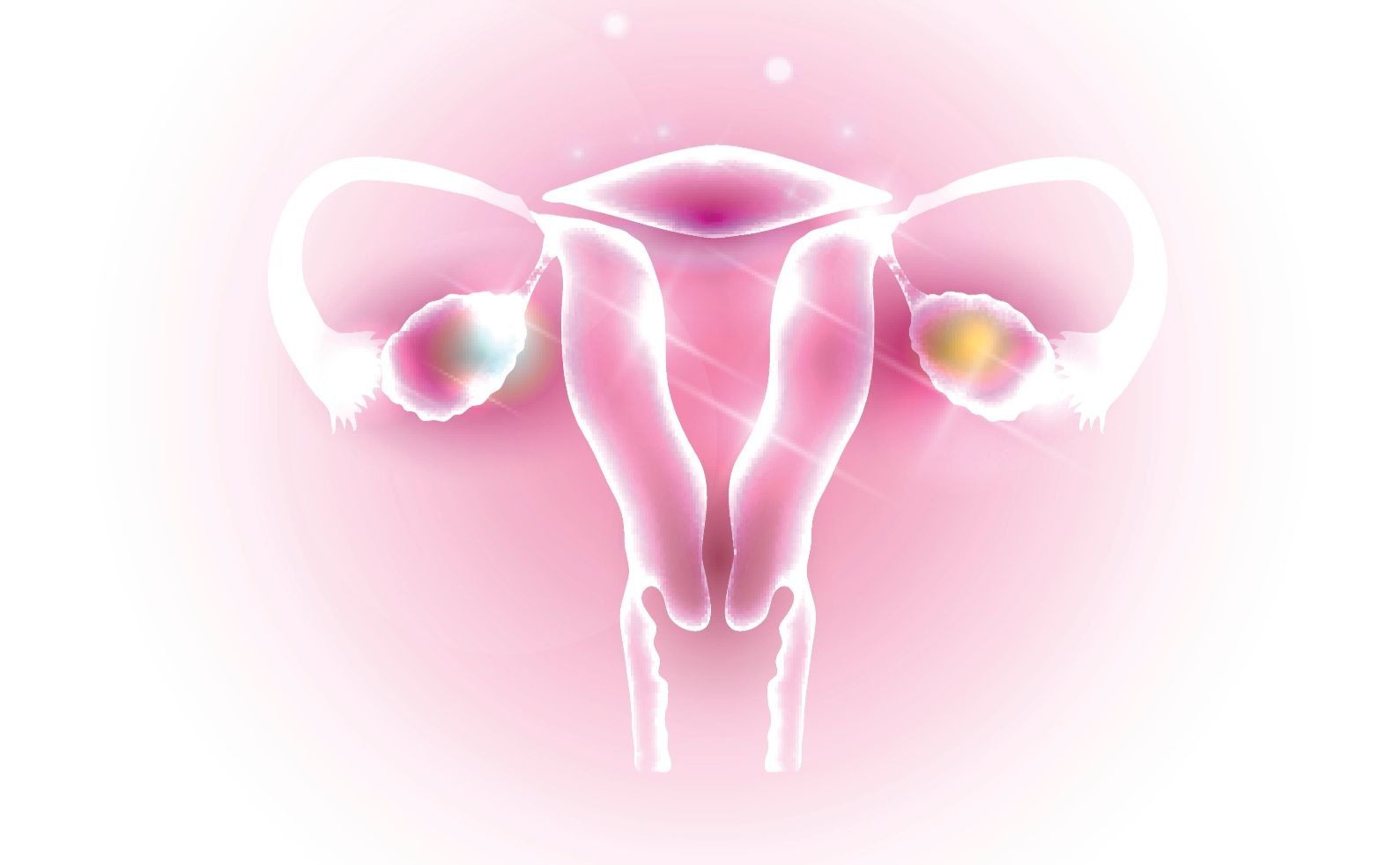If you are a woman of reproductive age, chances are you have heard of PCOS. This stands for polycystic ovarian syndrome. We will get more into the defining characteristics of PCOS in a moment. But, for now, consider this: According to the Centers for Disease Control, PCOS is one of the most common causes of female infertility, affecting as many as 5 million United States women of reproductive age. More importantly however, PCOS is actually a lifelong or “chronic” health condition. Health issues that arise as a result of this syndrome extend far beyond that of infertility, and last way beyond the typical reproductive years. As a result, this is a condition that deserves more attention and understanding than it has previously received.
The name PCOS is actually something of a misnomer. This is because while many women with PCOS will in fact have very tiny “string of pearl” appearing, fluid-filled sacs (cysts) lining their ovaries, these are not actually the same thing as “ovarian cysts.” And not every woman with PCOS will have this show up on an ultrasound. Confusing, right?
PCOS is actually a constellation of symptoms, some of which are more defining than others. Most people with the syndrome will start to display symptoms during their teenage years. Additionally, a large percentage will exhibit some degree of “insulin resistance,” and as a result will have issues with body weight. However, it is thought that 20% of those diagnosed will actually have a “lean” form of PCOS. In those cases, while insulin resistance is still an issue, the patient will remain within a normal range for BMI.
Other defining characteristics of PCOS include signs of androgen excess. Androgens are what we usually refer to as “male hormones.” This includes acne, hair growth on the face, and hair loss on the head. Very often, these women will have irregular or missed periods, and heavy withdrawal bleeding. We also may see issues with fertility and cholesterol abnormalities on a lipid panel. A clinician who suspects PCOS based on a patient’s symptomatic presentation may send off a battery of lab tests to check ovarian, pituitary, thyroid, and adrenal hormones. They will also likely look at insulin, fasting glucose, and HgA1C levels. A transvaginal ultrasound may or may not be helpful to look for these tiny cysts on the ovaries.
The good news about PCOS is that with some treatment, the large majority of these women will be able to achieve pregnancy. They will also be able to stabilize their hormones to reduce the risk of cardiovascular disease and endometrial cancer. Sometimes, oral contraceptives are prescribed to override irregular cycles. Health care professionals will usually recommend weight loss and manage insulin resistance by prescribing Metformin. Symptoms such as unwanted hair growth and acne can be managed with a medication called spironolactone. Any patient with PCOS who is trying to get pregnant should also be referred to a reproductive endocrinologist.
As you can see, PCOS is a distressing syndrome with many health implications. It is important we as a society take steps to better understand and diagnose this condition. There is no cure for PCOS (yet), but we should be educating both women and clinicians on the most up-to-date treatments available. The quality of life of up to 16% of our young women is at stake.
For more information on PCOS or other questions about your sexual health, contact us for a free phone consult. Our experienced staff is here to help.

